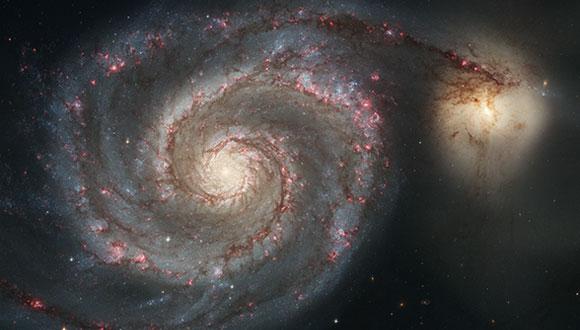Astronomy & Astrophysics Seminar: Tidal Disruption Events: From Rates to Jets
Odelia Teboul, Technion
Zoom: https://tau-ac-il.zoom.us/j/87230679135?pwd=Y1duRlArUkJwSnhaaXVscUU0azY3Zz09
Abstract:
Wandering too close to a supermassive black hole is a dangerous path for a star, as it can get tidally disrupted. The growth of our observed TDE sample revealed that observed TDE rates are lower than theoretical rates, E+A galaxies are overrepresented among TDE hosts and a very low fraction of TDEs launch jets.
I will first present our revised loss cone theory that can reconcile theoretical rates with observed rates. Before our work, TDE rate calculations considered only two-body weak interactions between stars. However, most stars undergoing TDEs come from within the MBH radius of influence, the densest environments in the Universe. Hence, we studied the impact on rates of close encounters: strong scattering, tidal captures and direct collisions. We found that with our revised loss cone theory and steep slopes of the stellar mass black holes, theoretical TDE rates are consistent with observed TDE rates. Additionally, our revised loss cone theory challenges popular explanations for the over-representation of E+A galaxies for TDEs.
While only a tiny fraction (~1%) of TDEs generate powerful relativistic jets, an increasing number of TDEs have been associated with delayed radio emission. I will next present our unifying theory for jetted TDEs where the misalignment angle between the spin axis and the star orbital plane can explain both the very low volumetric jetted TDE rate and the wealth of observations: highly relativistic and delayed radio emission.
Seminar Organizer: Dr. Jonathan Stern


